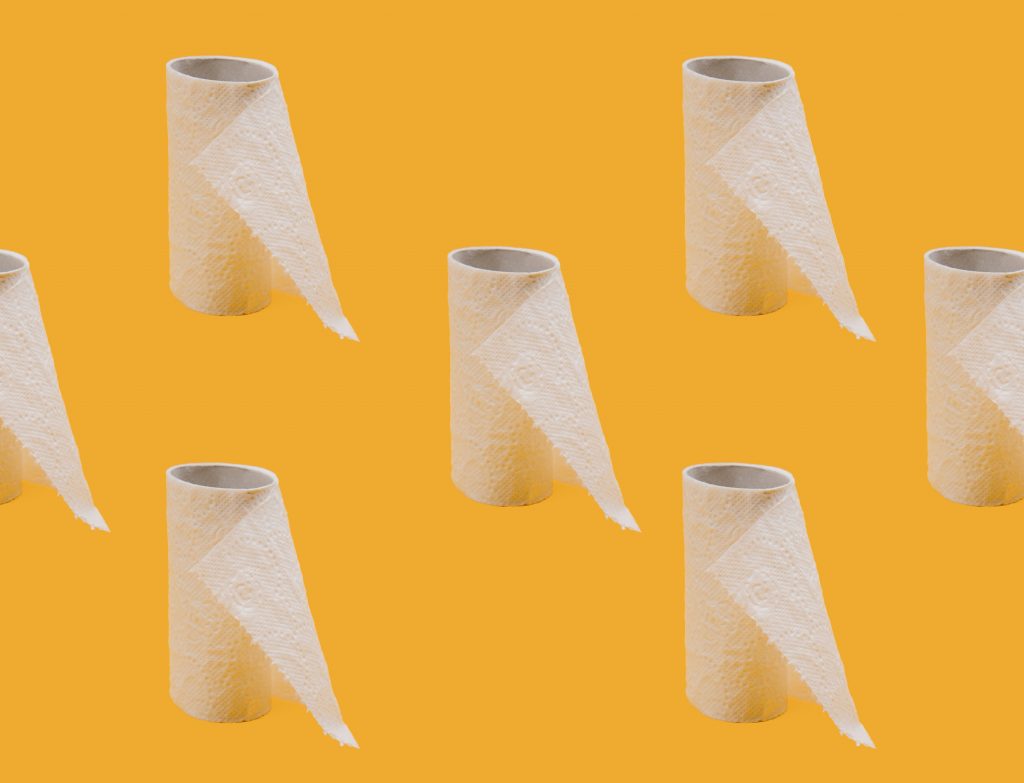Marker: “What Everyone’s Getting Wrong About the Toilet Paper Shortage”

Marker “What Everyone’s Getting Wrong About the Toilet Paper Shortage” by Will Oremus.
Intro: Why is it so difficult to find toilet paper amidst the COVID-19 crisis? Conventional wisdom is that people have been irrationally hoarding, but a more likely explanation involves the ways in which supply chains between retail and institutional consumers have been disrupted and are unable to quickly adjust.
Abstract: With more crucial supplies such as hand sanitizer and N95 masks, one can understand why demand has increased and why stores may have empty shelves. But why are people hoarding toilet paper? Conventional wisdom seems to be that people are behaving irrationally, driven by fear and a herd mentality. However, this article explains that with a large shift in behavior towards working from home, people actually do need to buy more toilet paper because they are making more trips to the bathroom at home, and fewer (if any) at work, at restaurants, in hotels, etc. While national toilet paper consumption may not actually change, the shift away from commercial use towards residential use means that the average household may actually purchase up to 40% more toilet paper than before COVID-19, at least until the stay-at-home orders are lifted and “normal” life is resumed.
So why can’t stores just adapt? The shelf space they have, and their entire retail supply chain, is based on a significant portion of toilet paper going to institutional uses (think offices, hotels, etc.). Institutional toilet paper is often individually wrapped, not in a 12-pack. Institutional toilet paper also has a higher recycled fiber content than consumer brands, so this necessitates a large shift in production as well.
Other manufacturers are experiencing similar changes in demand for their products, and facing similar issues. For example, bananas purchased by schools are sold individually in large boxes, whereas consumers at grocery stores want bunches. Beer companies sell kegs to restaurants, but usually only cans and bottles to households. Profitability in these markets depends on efficiency, so any change in production costs money, and any change that occurs will need to be changed back once the crisis is over. Whether companies make the change also depends on estimates of how long this lasts.
But the good news is these shortages are likely not due to your neighbors acting irrationally, but instead to the efficient supply chains that have evolved over decades and have been disrupted in a matter of weeks.
Discussion Questions:
1. What other items, aside from toilet paper, did many consumers purchase a significant percentage of away from their homes before COVID-19?
2. Based on the article, would you expect this problem of shortages to be worse if scientists estimate it will take two months before “normal” life can resume again, or if the COVID-19 stay-at-home orders are to last for ten months?












